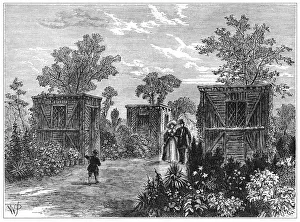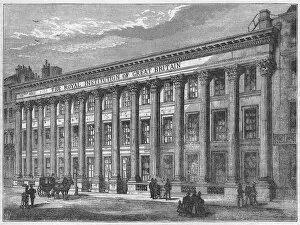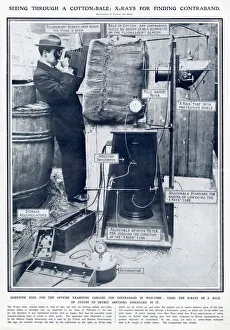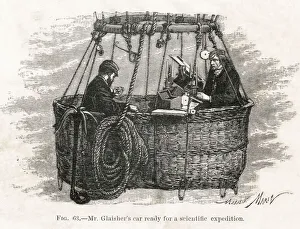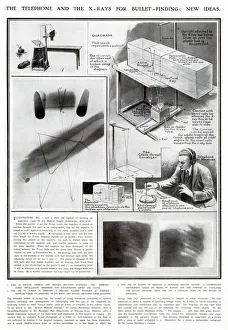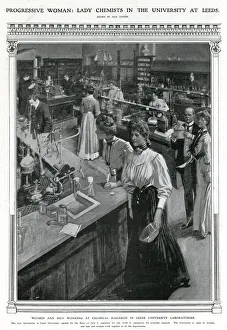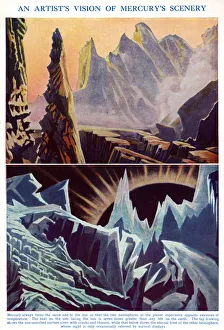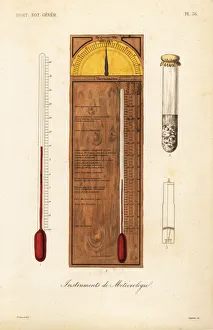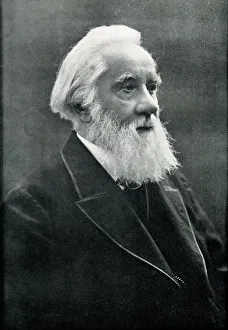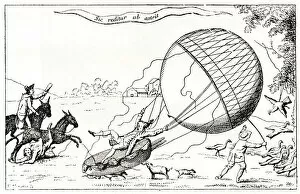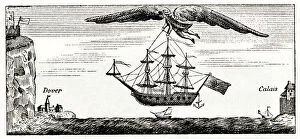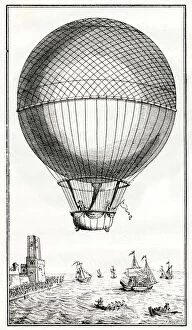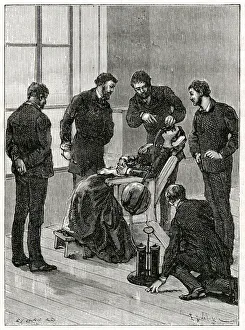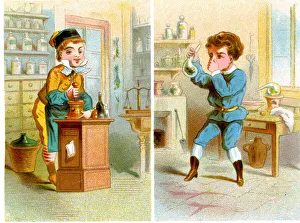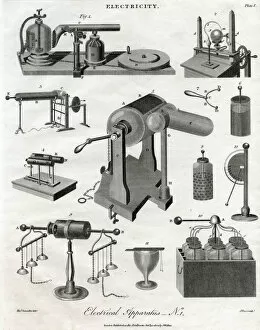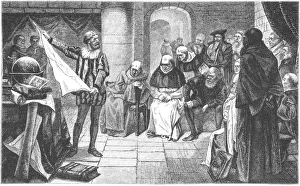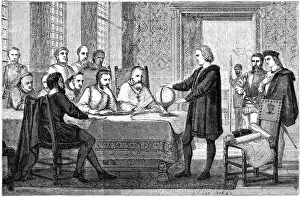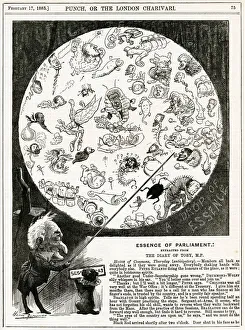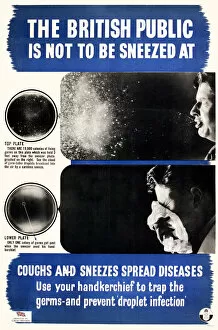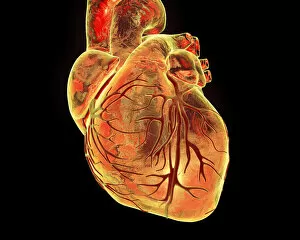Scientific Collection (page 5)
"Unveiling the Secrets: Tracing Scientific Marvels through Time and Art" Step into the realm wonders as we embark on a journey through history, art, and discovery
All Professionally Made to Order for Quick Shipping
"Unveiling the Secrets: Tracing Scientific Marvels through Time and Art" Step into the realm wonders as we embark on a journey through history, art, and discovery. From ancient wisdom to groundbreaking expeditions, let's explore captivating hints that have shaped our understanding of the world. The Emerald Tablet, also known as Smaragdine Table or Tabula Smaragdina, serves as a mystical key to alchemical knowledge. Its enigmatic text has fascinated scholars for centuries, offering insights into the hidden workings of nature. Maria Sibylla Merian's exquisite butterfly illustrations transport us to a world teeming with vibrant colors and delicate beauty. Through her meticulous observations in South America during Darwin's Beagle voyage in 1832, she captured the intricate life cycles of these enchanting creatures. Speaking of Darwin's voyage aboard HMS Beagle, his map reveals the vastness of his exploration across South America. This expedition laid the foundation for his revolutionary theory of evolution by natural selection – forever changing our perception of life on Earth. In contrast to scientific progress stands Giordano Bruno – an Italian philosopher who dared challenge prevailing beliefs about astronomy and cosmology. His unyielding pursuit of truth ultimately led to his tragic fate when he was burned at the stake for heresy. Zooming in from macroscopic wonders to microscopic marvels brings us face-to-face with mitosis - a fundamental process driving cell division. The intricacy revealed under light microscopy showcases nature's remarkable ability to perpetuate life itself. Frankenstein’s frontispiece illustration captures both fascination and fear surrounding science’s potential consequences. Mary Shelley’s timeless novel raises ethical questions about humanity playing god through scientific advancements – cautionary tales that continue resonating today. Even scientists are not immune from satire. Gillray’s humorous depiction pokes fun at their eccentricities while highlighting their relentless pursuit of knowledge amidst societal expectations and limitations. Finally, we delve into the genius of Leonardo da Vinci's anatomical studio.









